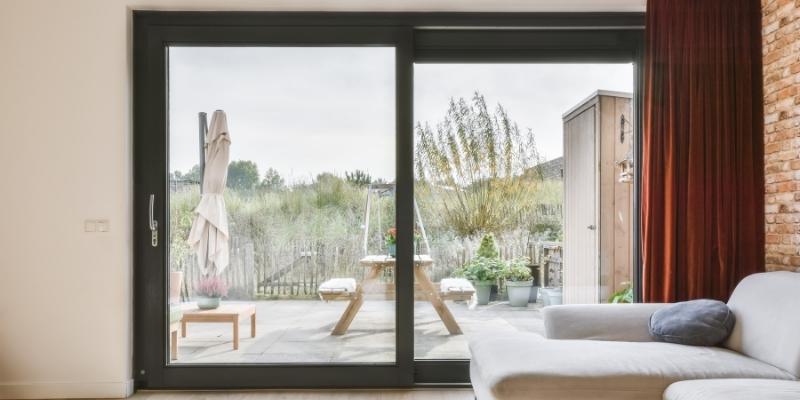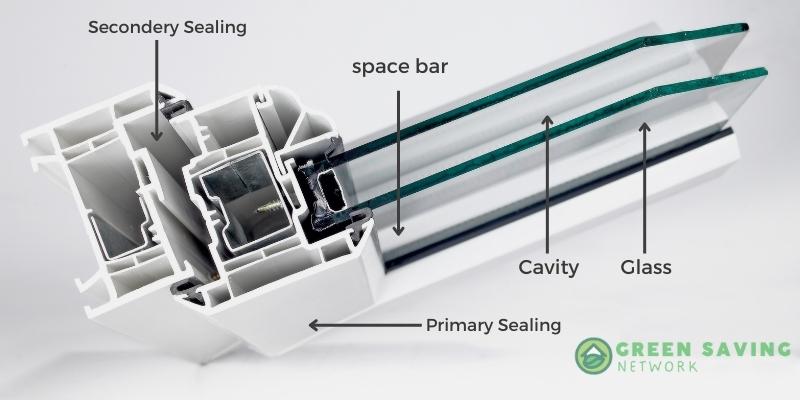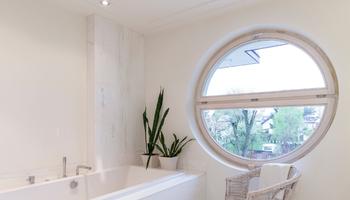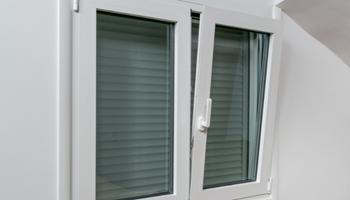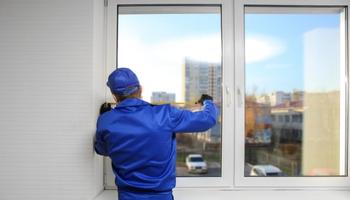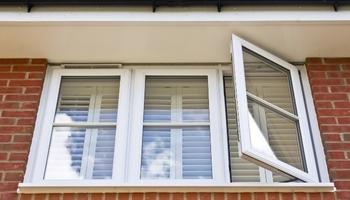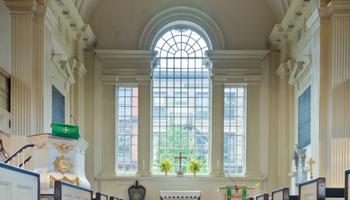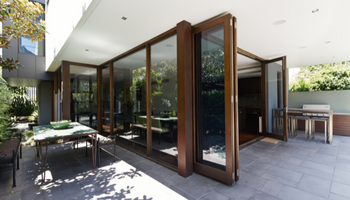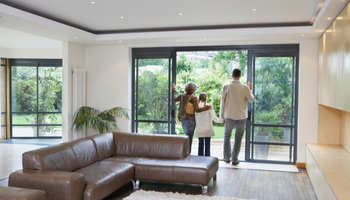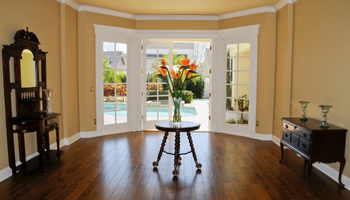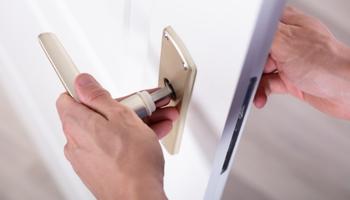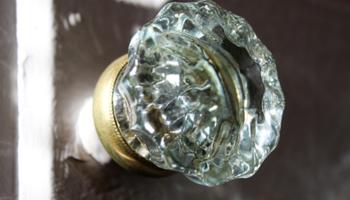In order to lessen heat transfer between your home and the outdoors, double glazed units (double glazing), which fit within door or window frames, consist of two or three glass panes separated by a gap filled with air or gas. The glass has a thickness range of 3 to 10 mm, however thicker layers can be needed for specific applications.
The number of double glazed unit businesses in the UK has increased significantly over the past few years and now includes both huge chains and small family-run operations. The use of double glazing has spread to a variety of glass and frame styles. But why have double-glazed windows become so popular so quickly?
By addressing the issues of heat loss and noise pollution, double glazing not only helps households save money on bills but also lessens their carbon footprint.
Simply fill out the form if you’re thinking about purchasing double-glazed windows or doors but want to skip the time-consuming procedure of looking up the finest vendors. Up to 4 quotations from reputable local vendors will be given to you. There are no fees or future commitments associated with the service.
Before making a final choice, you should evaluate a number of aspects that affect the price. They include the quantity of double-glazed windows and doors you require, the kind of glass, the type of frame material, and the shape and design of the goods.
uPVC is the most widely utilised material for double glazing frames because to its affordability and effectiveness. While the functionality of aluminium and hardwood frames isn’t always superior to that of uPVC, they are typically more expensive.
The most common alternatives for double-glazed uPVC windows in the UK are the casement and sash varieties. The following two categories are each given an estimated cost evaluation in the table below.
